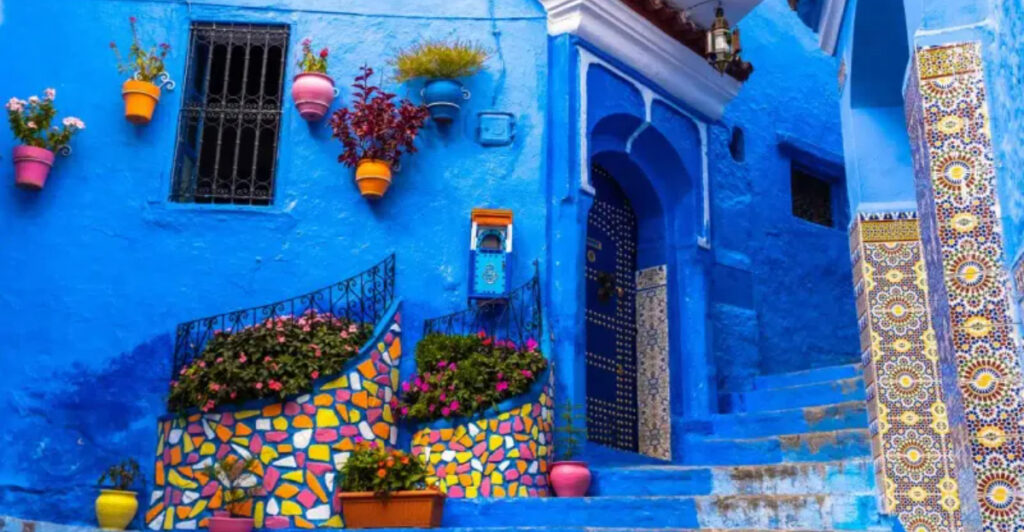Our planet is dotted with towns that seem straight out of storybooks or sci-fi movies. Some communities have adapted to extreme environments, while others preserve centuries-old architectural traditions. From underground desert dwellings to vertical riverside settlements, these 17 towns showcase humanity’s incredible creativity in building places to call home.
1. Coober Pedy, Australia: The Underground Oasis
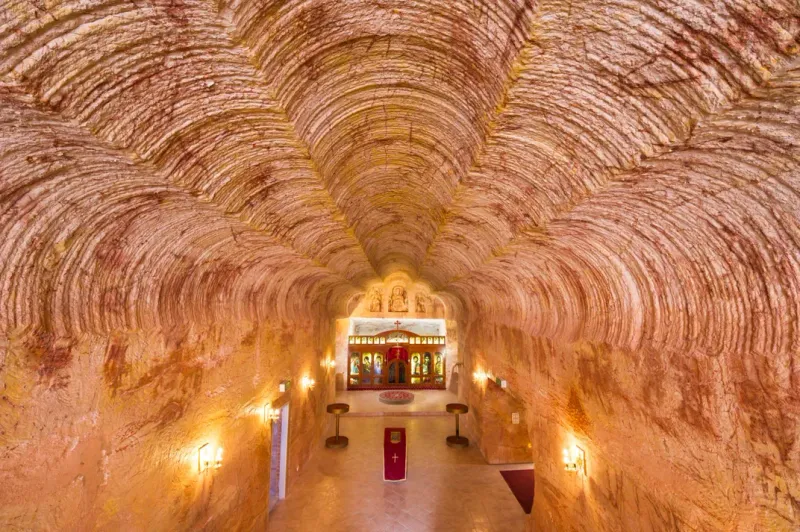
Scorching temperatures reaching 125°F drove residents beneath the surface in this Australian outback town. Locals carved their homes into sandstone hillsides, creating a subterranean community where even churches and hotels exist underground.
The town earned its fame as the “opal capital of the world” after precious gems were discovered here in 1915. Today, about 60% of residents live in these cool dugouts that maintain a constant temperature of around 75°F year-round.
Visitors can tour underground museums, stay in subterranean hotels, and even try their luck at opal mining on public digging fields.
2. Shibam, Yemen: Manhattan of the Desert
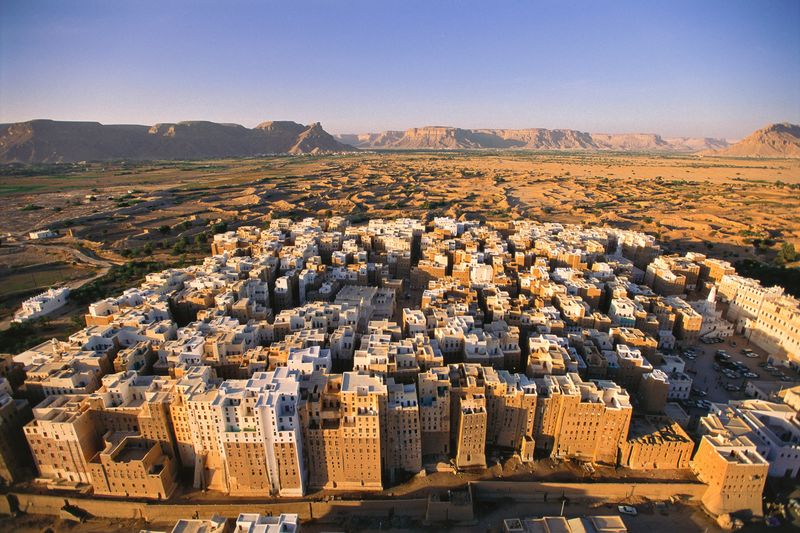
Rising dramatically from Yemen’s Hadramaut Valley, Shibam’s mud-brick skyscrapers have stood for over 500 years. These extraordinary towers, some reaching 11 stories high, were built vertically to protect residents from Bedouin attacks.
The entire city is enclosed by a protective wall, with around 500 tower houses packed tightly together. What makes these structures remarkable is their construction material—nothing but mud mixed with straw and clay.
Despite their ancient origins, these buildings feature sophisticated designs including indoor plumbing systems. UNESCO recognized this architectural marvel as a World Heritage site for preserving medieval urban planning principles.
3. Chefchaouen, Morocco: The Blue Pearl
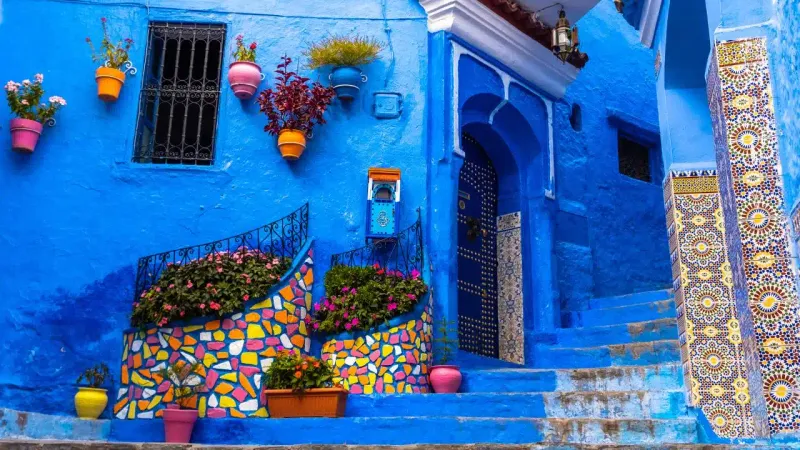
Nestled in Morocco’s Rif Mountains, Chefchaouen captivates visitors with its mesmerizing blue-washed buildings. The tradition began with Jewish refugees in the 1930s who painted buildings blue to symbolize heaven and sky.
Every shade of blue imaginable decorates walls, doors, and stairways throughout the medina. The color serves a practical purpose too—locals believe it repels mosquitoes and keeps homes cooler during hot summer months.
Beyond its famous blue hues, the town offers a relaxed atmosphere with car-free streets, mountain views, and artisan workshops selling handwoven blankets and brass teapots in its winding alleys.
4. Göreme, Turkey: Land of Fairy Chimneys
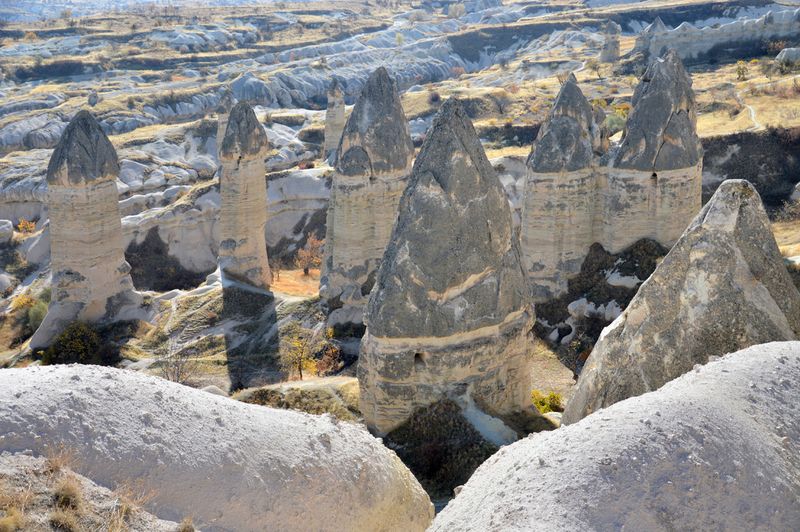
Volcanic eruptions millions of years ago created Göreme’s surreal landscape of cone-shaped rock formations locally known as “fairy chimneys.” Early Christians carved homes and churches into these soft tuff rocks, creating a hidden sanctuary from Roman persecution.
The town sits at the heart of Cappadocia, where thousands of cave dwellings blend seamlessly with the otherworldly terrain. Some ancient rock-cut churches contain remarkably preserved Byzantine frescoes dating back to the 10th century.
Modern entrepreneurs have transformed many cave dwellings into boutique hotels, offering visitors the unique experience of sleeping in rooms once inhabited by troglodytes centuries ago.
5. Giethoorn, Netherlands: Village Without Roads
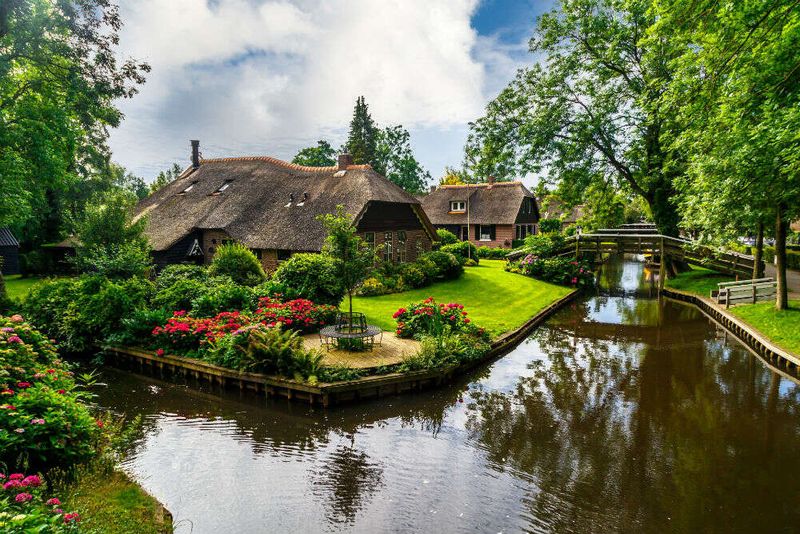
Known affectionately as the “Venice of the North,” Giethoorn operates almost entirely without roads. Residents and visitors navigate this dreamy Dutch settlement via four miles of canals or on foot using over 170 small wooden bridges.
The village originated as a peat mining community in the 13th century. Diggers created lakes and waterways while harvesting peat, inadvertently shaping the town’s unique water-based infrastructure that remains today.
Charming thatched-roof farmhouses sit on small private islands, each accessible only by boat or footbridge. Even the mail carrier delivers letters by boat, maintaining centuries-old traditions in this car-free paradise.
6. Sułoszowa, Poland: The Linear Village
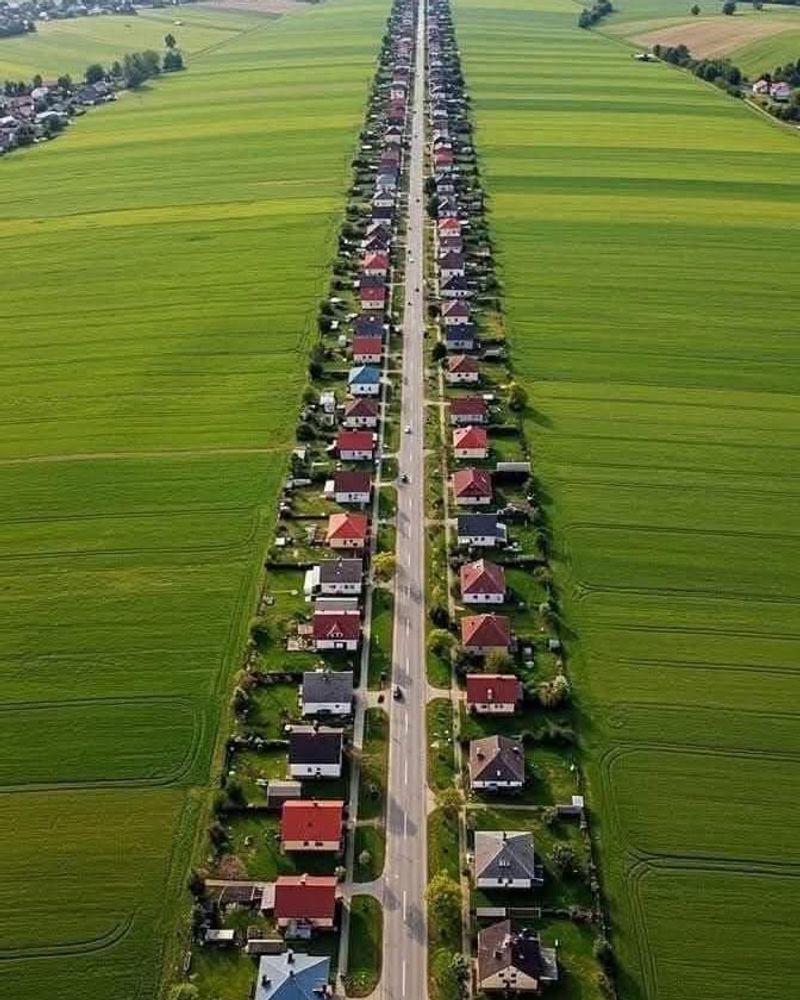
From above, Sułoszowa presents an extraordinary sight—nearly 6,000 residents live along a single nine-kilometer street that follows the Prądnik River. Aerial photographs reveal hundreds of homes and farmsteads arranged in perfect linear formation, earning it the nickname “Little Tuscany.”
The unusual layout emerged from medieval agricultural practices. Each family received a long, narrow strip of land perpendicular to the river, creating the distinctive pattern visible today.
A 14th-century castle, Pieskowa Skała, anchors one end of the village. The surrounding countryside features dramatic limestone cliffs and the Polish Jura Chain’s characteristic white rock formations that attract hikers and nature lovers.
7. Portmeirion, Wales: The Fantasy Village
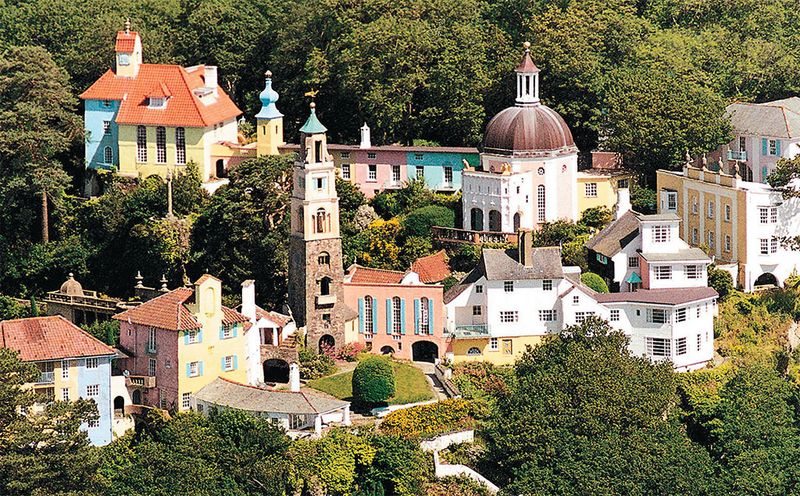
This whimsical coastal village wasn’t born from natural evolution but from one man’s artistic vision. Architect Sir Clough Williams-Ellis built Portmeirion between 1925 and 1975 as a colorful tribute to Mediterranean architecture on the Welsh coast.
Buildings painted in pastel pinks, blues, and yellows create an Italian Riviera atmosphere that feels delightfully out of place in North Wales. The village gained international fame as the filming location for the 1960s cult TV series “The Prisoner.”
No permanent residents live in Portmeirion—it functions as a tourist attraction with hotels and restaurants. Visitors can explore botanical gardens with exotic plants that thrive in the area’s unusually mild microclimate.
8. Beaumaris, Wales: The Pastel Fortress Town
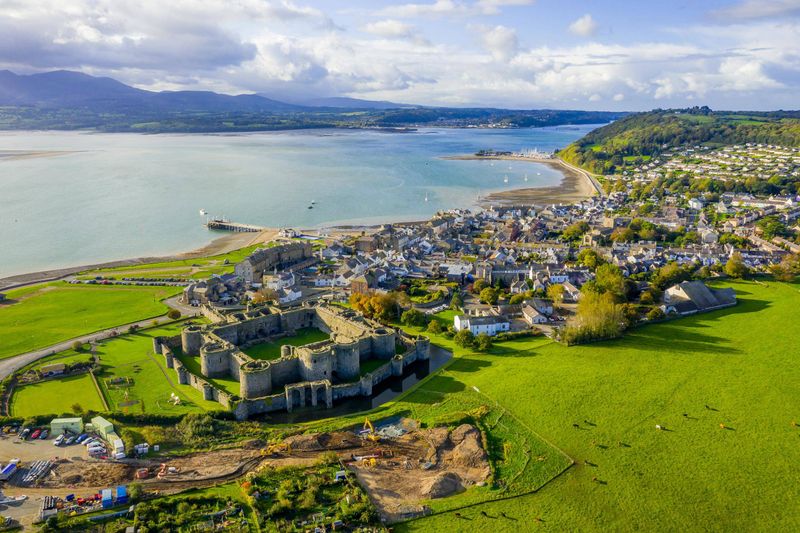
Guarded by one of Britain’s most scientifically perfect castles, Beaumaris combines medieval military precision with unexpected charm. Edward I’s massive 13th-century fortress—the last and most technically advanced of his Welsh castles—features a perfect concentric design with walls within walls.
Beyond the imposing stone battlements, the town itself surprises visitors with rows of cheerful pastel-colored Georgian and Victorian buildings. These candy-colored structures line streets that follow a medieval grid pattern laid out during the English conquest.
Located on the Isle of Anglesey, the town enjoys spectacular views across the Menai Strait to Snowdonia’s mountains. Tidal mudflats surrounding the castle attract diverse birdlife, creating a peaceful natural setting for this historically strategic stronghold.
9. Røros, Norway: The Preserved Mining Town
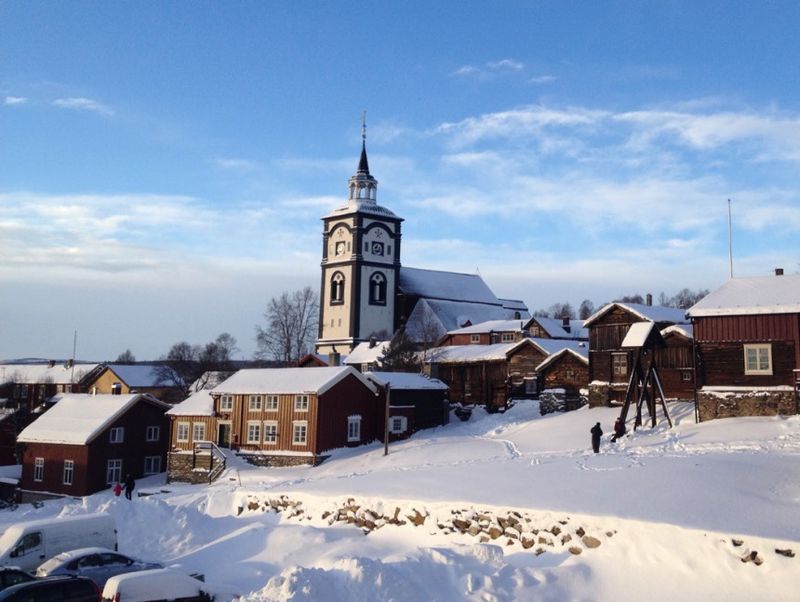
Time appears frozen in Røros, where wooden buildings from the 1700s stand virtually unchanged since the copper mining boom. This remarkably intact wooden town sits isolated on a high mountain plateau that experiences some of Norway’s coldest temperatures, which ironically helped preserve its historic structures.
About 80 wooden houses with distinctive dark timber exteriors line narrow streets covered in snow much of the year. Mining operations that once extracted copper ore shaped both the town’s layout and its cultural identity over 333 years of continuous operation.
UNESCO recognized Røros as a World Heritage site for its well-preserved wooden architecture and mining landscape. The town’s church, built in 1784, stands as one of Norway’s largest wooden churches with seats for 1,600 people.
10. Bibury, England: The Quintessential Cotswold Village
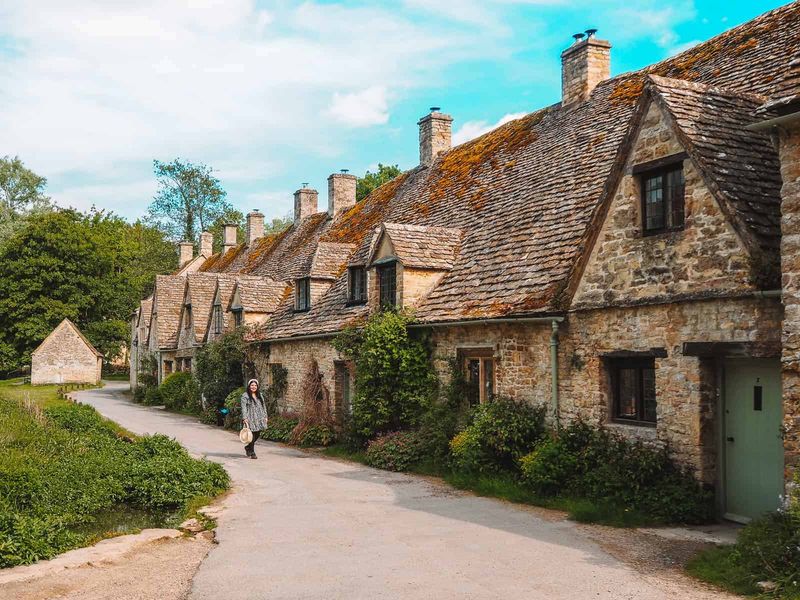
Artist William Morris declared Bibury “the most beautiful village in England,” a sentiment many visitors still share upon seeing its honey-colored stone cottages. The iconic Arlington Row—a line of 14th-century weavers’ homes—appears on UK passports and countless postcards as the definitive image of rural English charm.
Originally built as a monastic wool store, these cottages were converted in the 17th century to house weavers supplying cloth to nearby mills. Their distinctive steep-pitched roofs and mullioned windows exemplify the architectural style that defines the Cotswolds region.
The crystal-clear River Coln flows through the village, attracting brown trout that swim beneath stone bridges. Nearby, the Bibury Trout Farm dates back to 1902, making it one of England’s oldest working fish farms.
11. City of the Dead, Cairo, Egypt: The Living Necropolis
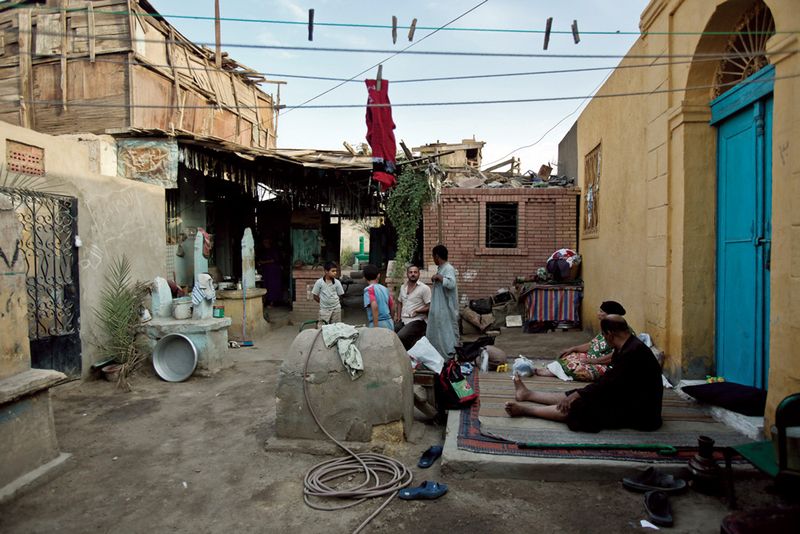
Perhaps the world’s most unusual neighborhood, Cairo’s City of the Dead houses over half a million living residents among centuries-old tombs and mausoleums. This vast cemetery became home to migrants seeking affordable housing in overcrowded Cairo, creating a surreal community where life and death coexist.
Families have transformed burial chambers into functional living spaces, adding doors, windows, and even satellite dishes to ancient structures. Children play between ornate tombs while residents operate small shops, cafes, and workshops among the mausoleums.
Despite challenging conditions, a vibrant community thrives here with schools, markets, and distinctive cultural traditions. Many residents maintain the graves of the deceased as part of their informal rental arrangement in this extraordinary urban anomaly.
12. Yanjin, China: The Narrowest City
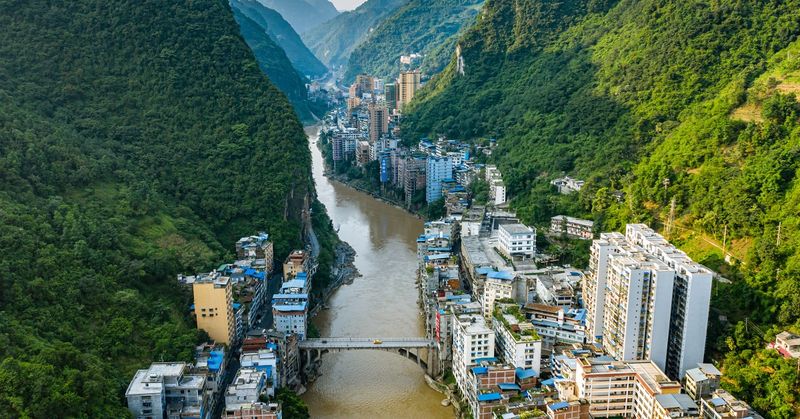
Squeezed into an impossibly narrow river valley, Yanjin stretches for seven miles while never exceeding 300 feet in width. Buildings climb steeply up both sides of the Nanxi River canyon, creating a surreal urban landscape that appears almost stacked when viewed from above.
Space constraints forced architects to design extraordinarily narrow buildings that seem to defy gravity as they cling to steep slopes. Some structures feature as many as 20 floors on the canyon-facing side but only 4-5 floors on the street-facing side due to the dramatic elevation changes.
The river serves as both a transportation artery and public space for this linear city of 450,000 residents. Bridges connect the two sides of town where the valley occasionally widens enough to accommodate them.
13. Molina de Aragón, Spain: The Medieval Mountain Fortress
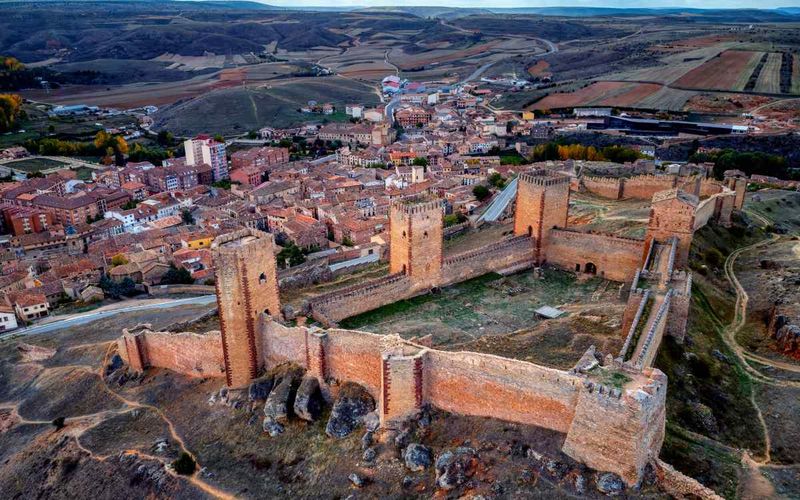
Crowned by one of Spain’s largest castles, Molina de Aragón appears virtually unchanged since medieval times. The imposing 12th-century fortress dominates this remote town perched high on Spain’s central plateau, where winter temperatures can plunge to -22°F, earning it the nickname “Spain’s Siberia.”
Stone houses with red-tiled roofs cluster beneath the castle walls, following medieval street patterns that twist uphill toward the fortress. The town’s isolation preserved its historic character, with ancient churches, a Roman bridge, and defensive walls remaining intact.
Once an independent lordship between Christian and Muslim territories, Molina’s strategic importance is evident in its architecture. A new eco-friendly parador (luxury hotel) now occupies a clifftop overlooking this time-capsule town that fewer than 3,000 people call home.
14. Colma, California: The City of Souls

“It’s great to be alive in Colma” reads the official town motto—a tongue-in-cheek reference to the fact that the dead outnumber the living here by 1,000 to 1. This small California town contains 17 cemeteries housing over 1.5 million deceased residents but only about 1,800 living ones.
Colma was established in 1924 when San Francisco banned burials and evicted existing cemeteries. The deceased, including famous figures like Wyatt Earp and Joe DiMaggio, were relocated to this purpose-built necropolis just south of the city.
Today, 73% of Colma’s land is dedicated to cemeteries, creating a unique townscape dominated by memorial parks, mausoleums, and monument workshops. Despite its macabre foundation, the town has developed into a thriving community with shopping centers built alongside its vast memorial gardens.
15. Monowi, Nebraska: Population: 1
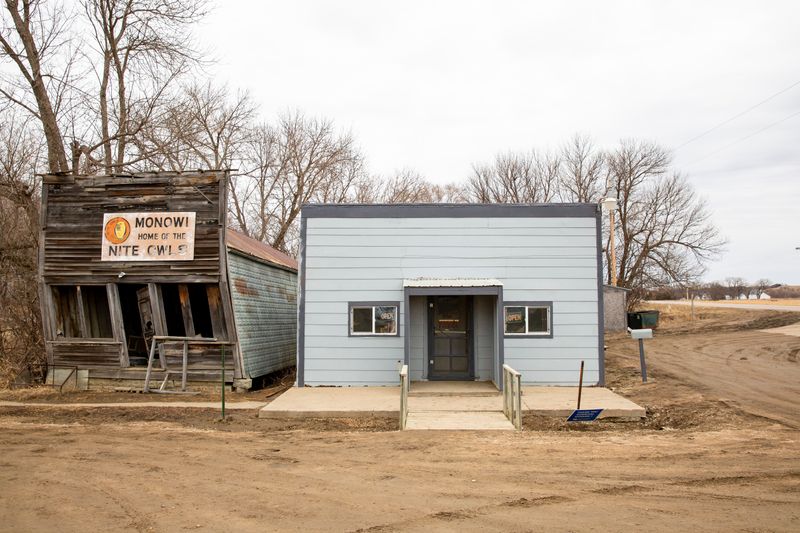
Elsie Eiler serves as mayor, bartender, librarian, and entire population of America’s smallest incorporated town. Since her husband’s death in 2004, she’s been Monowi’s sole resident—paying taxes to herself and granting herself a liquor license for the tavern she operates.
The 1930s saw Monowi flourish with 150 residents, three grocery stores, and a bustling railway stop. Agricultural consolidation and youth migration gradually emptied the town until only Elsie remained, steadfastly refusing to leave her lifelong home.
Despite its tiny population, Monowi attracts curious visitors to Elsie’s tavern and the 5,000-book public library she maintains in memory of her husband. At 89 years old, Elsie continues to preserve this remarkable piece of American prairie history single-handedly.
16. The Villages, Florida: Golf Cart Metropolis
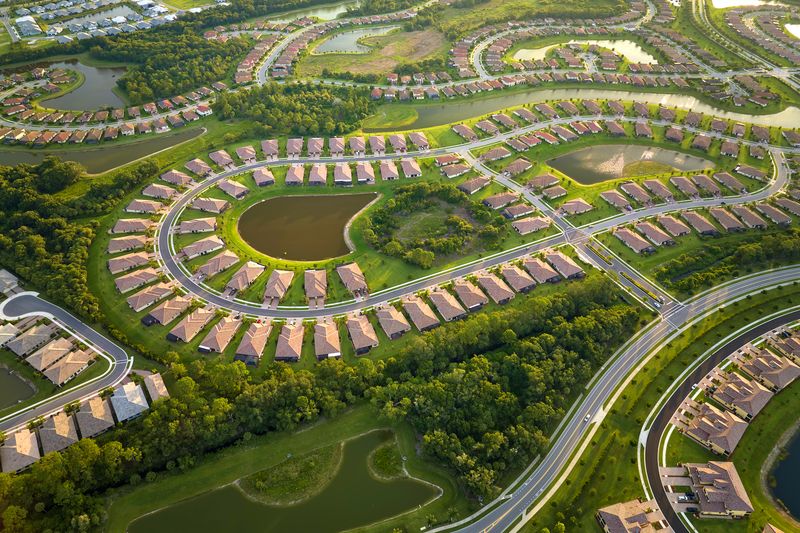
Imagine a retirement community larger than Manhattan where golf carts outnumber cars and residents zoom along 100+ miles of special trails. The Villages spans three counties in central Florida, housing over 130,000 seniors in America’s largest age-restricted community.
The community features 54 golf courses, 70 swimming pools, and 3,000 social clubs catering to every imaginable interest. What makes The Villages truly unique is its elaborate theming—downtown areas recreate different historical periods with manufactured nostalgia, from Spanish colonial plazas to 1950s American main streets.
Age verification ensures residents maintain the 55+ requirement, with children permitted only as visitors. This self-contained world even has its own radio station, newspaper, and hospital system serving its active senior population.
17. Damanhur, Italy: The Secret Underground Temple City
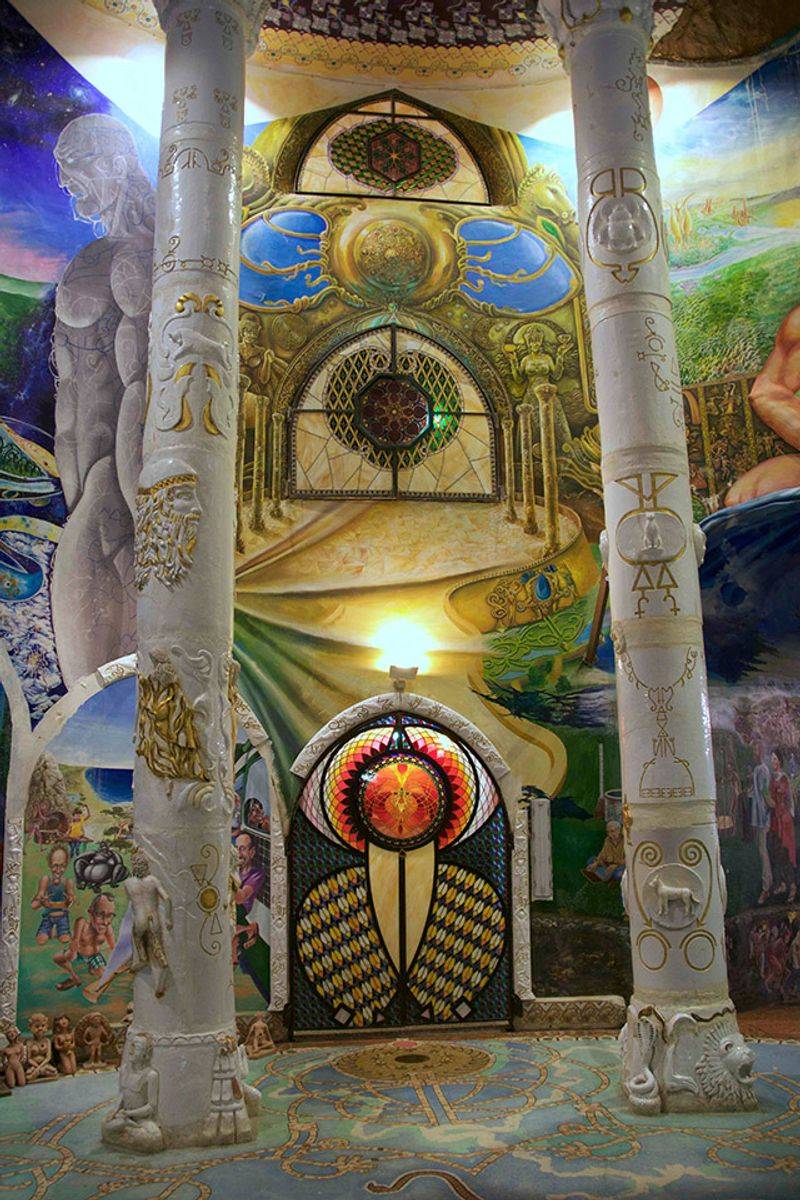
Hidden beneath an unassuming hillside in northern Italy lies a secret network of spectacular underground temples. Founded in 1975 by a former insurance agent turned spiritual leader, Damanhur’s “Temples of Humankind” were hand-carved in absolute secrecy for 16 years before authorities discovered them.
This spiritual community of about 600 residents created nine interconnected temple chambers adorned with intricate mosaics, stained glass, and murals depicting human evolution and spiritual beliefs. The largest hall features a 300-ton stained glass dome considered a masterpiece of contemporary sacred art.
Above ground, the eco-village operates on sustainable principles with its own currency, schools, and constitution. Residents take animal names like Falcon, Rhinoceros Beetle, or Hummingbird as part of their spiritual practice.

